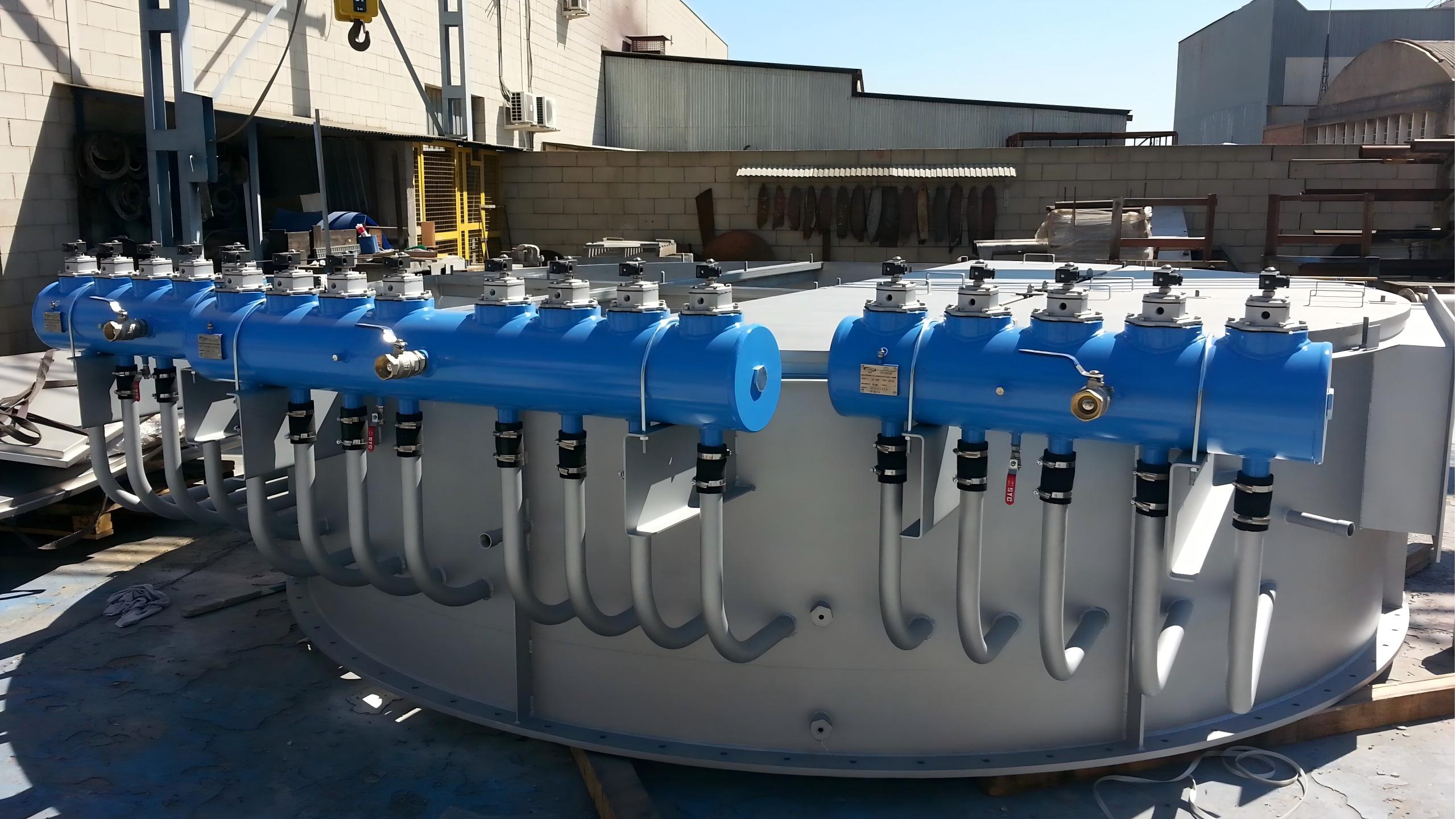Efficient dust collection is critical for industrial operations, and the selection and application of solenoid valves play a key role in maximizing system performance. Here are practical recommendations to enhance efficiency and durability:

Match Valve Size to Airflow Demand
High-capacity dust collection systems require solenoid valves with larger orifices and higher flow coefficients to deliver adequate compressed air for effective cleaning—and vice versa.
Tailor Valve Specifications to Dust Characteristics
For fine, sticky dust, opt for valves capable of higher blow pressure and wider pulse-width adjustability. For larger, less cohesive particles, blow pressure requirements can be relaxed.
Optimize Valve Placement
Install solenoid valves close to filter bags, with the blow outlet directed at the bag center. This ensures even air distribution and improves cleaning efficiency.
Secure Connections and Minimize Flow Resistance
Ensure all connections between the valve, air reservoir, and filter bags are airtight. Use short, smooth piping to reduce pressure loss.
Calibrate Blow Pressure Through Testing
Identify the optimal blow pressure via systematic trials. Pressures that are too low fail to clean effectively; those that are too high risk damaging bags and increasing energy use. A typical effective range is 0.4–0.8 MPa.
Adjust Pulse Width for Balanced Performance
Proper pulse width settings ensure thorough cleaning without wasting compressed air.
Set Intelligent Cleaning Intervals
Program cleaning cycles based on dust accumulation rates and filter resistance. Overly long intervals raise resistance and impair performance; overly short ones waste energy and accelerate wear.
Use Data to Determine Cleaning Frequency
Monitor filter differential pressure or observe system performance to fine-tune blow intervals.
Perform Routine Valve Maintenance
Regularly clean valve inlets and outlets to prevent clogging. Inspect wear-prone components such as diaphragms and springs, and replace them as needed.
Conduct Regular Performance Checks
Periodically verify key operational metrics like blow pressure and airflow to maintain optimal valve function.
Coordinate Valve and Filter Bag Selection
Choose filter materials and construction that align with the valve’s blow characteristics. For high-intensity valves, select durable, abrasion-resistant filter bags.
Synchronize Fan Operation with Cleaning Cycles
Temporarily reduce fan speed during cleaning to minimize airflow disruption. This helps concentrate energy on dislodging dust from the bags.
Resume Normal Operation Post-Cleaning
Return fans to standard speed once cleaning is complete to ensure consistent system performance.

By implementing these strategies, operators can significantly improve dust collector efficiency, extend equipment life, and reduce operational costs—delivering both economic and environmental benefits.